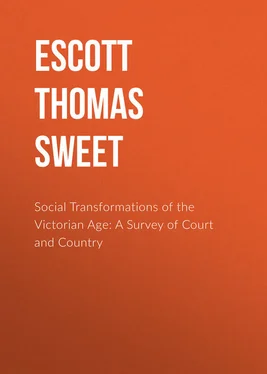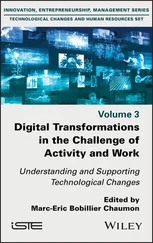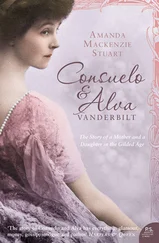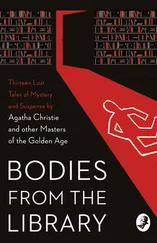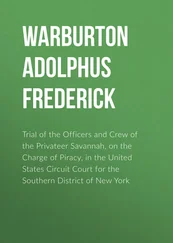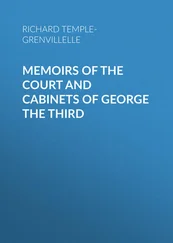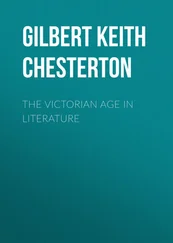Meanwhile, there had been great changes in the composition of the residents at, or in the neighbourhood of the chief provincial towns of England. The close of the Crimean War reinforced the class now mentioned by the addition of educated, but not generally wealthy, men, who desired peacefully to spend the residue of their days in districts with which family ties made them familiar or which conveniences of sport or education rendered attractive. The absorbing powers of the capital have progressively increased during recent decades. Opulence and fashion have swollen the great public schools of the country to unmanageable dimensions. Still, to a large percentage of English parents in the upper middle class, Eton and Harrow are not the only two possible schools of the realm; life may be lived as pleasantly, and more economically, in provincial centres like Bedford, Ipswich, Bath, or Cheltenham as within the metropolitan radius. Schools, not less than hotels, have become matters of joint stock enterprise, and of federal proprietorship. The excellent places of teaching which abound in such towns as those just mentioned are pre-eminently a product of the Victorian era. Thus it has come to pass that, at innumerable spots throughout provincial England, during recent years there have settled families, not pretending to historic antiquity or distinction, but still agreeably supplementing the social resources of the County district. Many, perhaps most of these newcomers have served the Queen in peace or war, abroad as well as at home, and are thus likely to have acquired administrative experience of different sorts. These are just the people qualified to relieve their older neighbours, the local squirarchy, in their administrative work. If the machinery for establishing County Councils had been created in the era of the Corporation Reform Act, or during the first half of the present reign, it would have been premature, would at least comparatively have failed, instead of proving, as it has done, a signal success. How this institution works will best be judged by contrasting certain phases of County town life to-day and in the pre-County Council epoch. To visit such a town on a day when the magistrates were sitting at Quarter Sessions was like making an excursion into feudalism. One used to alight at the stable yard of the chief hotel to find no room for one’s horse. The County’s steeds had possession of the best stalls. They could not of course be displaced by, or consort with, the quadrupeds of less considerable riders. Inside the building, the same tale was retold and on every storey illustrated afresh. The apartment normally the coffee room was consecrated to the exclusive use of a select party of County justices who were still at luncheon. The drawing room on the first floor was in the occupation of the women kind of their relatives who were just about to refresh themselves after shopping with a cup of tea. The member of the general public who entered the chief shops of the place on the day devoted to County customers found himself and his patronage at a discount. The tradesman, in civil terms, profoundly regretted his inability to attend to the chance comer until he had satisfied the needs of the County justices’ ladies who were expecting every moment to be called for by their lords from the Sessions House.
Socially, not less than geographically, the County continues to exist. The wives and daughters of the country gentlemen who are County J.Ps. set the fashion in their neighbourhood and are still regarded as moulded out of a clay slightly superior to that of which their neighbours consist. But as an object of fetish worship the County has in most districts disappeared. The chief linen draper in the town, as he watches the County ladies, in their dilatory fashion, toy with one fabric after another, can scarcely suppress a look of impatience on his well disciplined face. He happens to be, not less than the father and husband of these ladies, himself a member of the new County parliament. He is exercised by a fear lest the special committee of the body on which he is serving should have decided the question of certain alterations in the approach to the local capital in which he is interested, before he has had time to get to the place of meeting. Unconsciously, perhaps, his manner towards the lady relatives of his council-colleague, the squire and magistrate, has lost something of its old deference. Still, the foundations of the social system remain the same. The fusion between classes of which the County Council is the expression rather than the cause has not brought us appreciably nearer the revolution and the Red Republic than had been done by the earlier parliamentary reforms. Here, as in the case of the District bodies, the law of the survival of the fittest is unrepealed, amid the administrative changes of the hour. County magistrates who are specially qualified for County administration are elected to the new Councils in numbers sufficient to leaven these bodies. The service that they performed on the committees of the old Sessions is still discharged by them on the Boards that are of more recent growth. The venue of their exertions is changed. The opportunity of their labour remains the same. Probably the association of County gentry with country town traders widens the view of the squires, acts as an incentive to greater energy, and is actually productive of better work. Certainly, since this machinery has been in operation the intellectual resources of the chief centres of population within the jurisdiction of the County Council have been improved. New art and science museums have come into existence. The people’s parks, which were already known in country towns, are better kept. New reading rooms and libraries have opened their doors.
During the rather more than half a century that elapsed between the Corporations Act of 1835, and the Local Government Act of 1888, the chief reforms effected were in the province of sanitary administration, were mainly due to the efforts of individuals, such as Mr Stansfeld in 1872, and were generally incorporated in the Public Health Act of 1875. These sanitary measures contained the principle on which the area of the United Kingdom was finally redistributed. For the purposes of County Councils, England is mapped out into sixty-one administrative counties. Each of the electoral divisions of which the County consists has a Councillor of its own. The electors are practically almost identical with the parliamentary constituencies. In the case of municipalities inside the County area, the Local Government Board decides the share of representation to which it is entitled, and allots to it on the Council one or more members, as the case may be. In addition to the councillors created by purely popular election, a certain number of aldermen, not to exceed one-fourth of the whole body are chosen by co-optation among the Councillors themselves. The term of Council office is three years. The chairman, however, who is not forbidden to receive a salary, holds his place only for one year. Like the District chairman, the County president too, without satisfying any pecuniary qualification, becomes, by virtue of his office, a County magistrate. 29 29 As a fact, the County chairman is most likely a J.P. already.
Like the Council electors, the chairman and the six co-opted aldermen are subject only to the condition of having the County vote. As in parliamentary elections so in County elections, the polling is by ballot. The incidental expenses, however, which are strictly regulated by the number of the constituency, are defrayed, not by the candidate or his friends as in parliamentary competitions, but out of a County fund. The prerogatives of magistrates in whatever appertains to the licensing of public houses, and exercised in Quarter and Special Sessions, are untouched by the new bodies. With that exception, the functions of Quarter Sessions are superseded practically by the Councils. As a consequence, the sessional attendances of the magistrates have largely fallen off; though there still exist many opportunities for joint action between the new Councils and the old Sessions. For instance, the County police is controlled by a committee whose members are selected from the old magistrates and the new Councillors. Again, when the object is to acquire fresh land for popular use; to open or endow local museums or libraries, to establish emigration funds to the Colonies or elsewhere, united action between the two bodies is usual, but not compulsory.
Читать дальше
